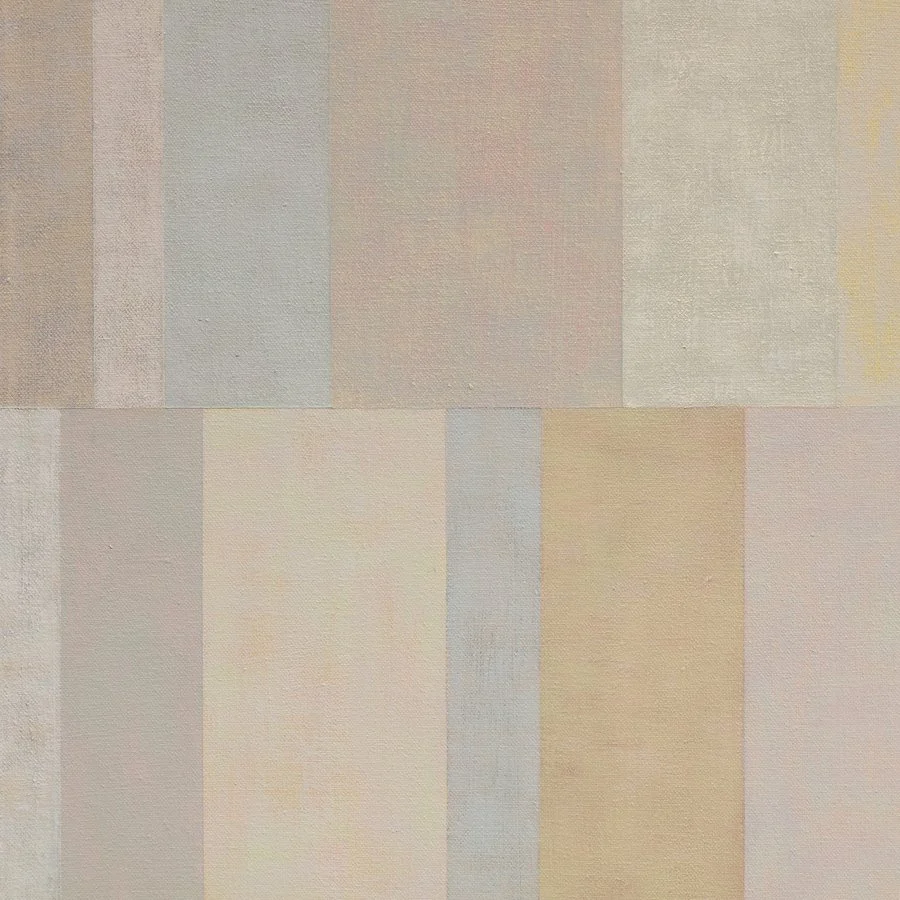More and more I think the context of a work is critical to its reception. I don't think painters in particular consider context enough. They deny the installation aspect of all artwork. It's something I've been thinking about since a class I took at OCAD (Improvisational Music and Visual Arts), reading about performance and improvisation. If we consider all artwork to fundamentally be a performance for the viewer, something that occurs in time and changes with each viewing experience, maybe it would change the way we approach our work - and the viewer. It's hard to think of any final art object (whether a static work like painting or a dynamic work like video) as an ever-evolving work, but more and more I am coming to believe that. It's why I aspire to create ever more complex works - the one-liners just don't seem to have the same shelf life - like the difference between performing a three-act play every night vs. repeating one well-crafted line.
If the context of viewing becomes an unavoidable part of a work's performance, do we then have to consider how to get more control over the viewer's reception of a work, or do we embrace the ever-changing nature of each viewer's experience? Now that an artwork can be seen in so many different contexts, in so many different incarnations, it seems inevitable that the artist has to relinquish control of any kind of "pure" reception of his vision. But just because this is inevitable, is this necessarily a good thing?
If the context of viewing becomes an unavoidable part of a work's performance, do we then have to consider how to get more control over the viewer's reception of a work, or do we embrace the ever-changing nature of each viewer's experience? Now that an artwork can be seen in so many different contexts, in so many different incarnations, it seems inevitable that the artist has to relinquish control of any kind of "pure" reception of his vision. But just because this is inevitable, is this necessarily a good thing?






